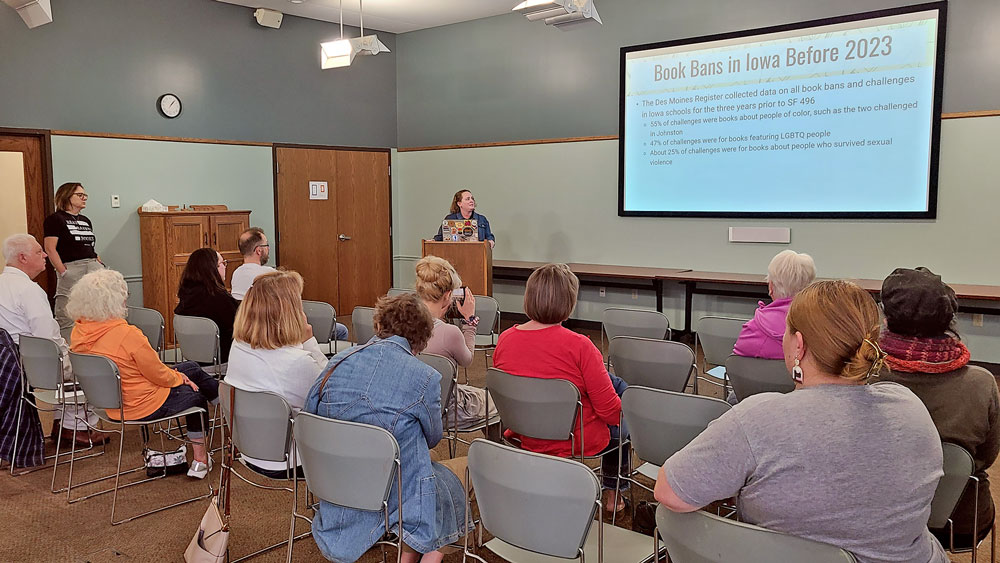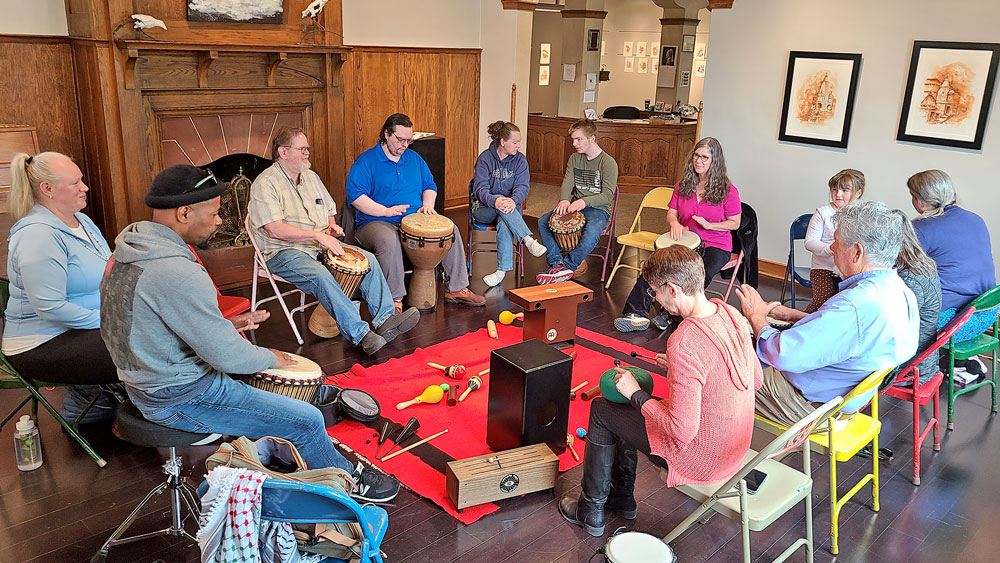Silent killer: Iowa leads nation in radon exposure levels

By Kelly Terpstra, kterpstra@charlescitypress.com
You may have a silent killer lurking in your home.
There’s no need to look under the bed or double check that spare closet.
This intruder is also invisible.
Radon is an indiscriminate radioactive gas that is colorless, odorless and tasteless. It’s also the second-leading cause of lung cancer in the nation and can infiltrate any home or building.
January is National Radon Action Month and taking steps to ensure your safety is a wise plan of attack, according to Jeff Sherman, environmental health administrator for Floyd County. He advises people to take action if they haven’t already.
“The biggest thing is have your house tested,” said Sherman.
Iowa has the highest levels of radon in the United States — six times the national average. All 99 counties in Iowa exceed the recommended radon action level of 4 picocuries per liter (4 pCi/L) on average.
The statistics are downright scary.
The Iowa Department of Public Health states that as many as five out of every seven homes in Iowa have elevated radon levels. Around 400 people a year die from radon exposure, according to the Environmental Protection Agency.
“They consider Iowa the red state,” said Sherman.
Areas are colored bright red on EPA maps that show the highest radon concentration levels in the U.S., and Iowa is solid red. The only other state that holds that distinction is North Dakota.
“It’s pretty much everywhere,” said Sherman.
The reason Iowa has a radon problem is one of the same reasons it has some of the most fertile and rich black earth for growing crops. During the glacial period, huge masses of ice deposited finely broken down particles of soil and rock that contain uranium. The uranium breaks down into radon that can seep into your home from the ground up.
Sherman offers kits to test radon in your home for $9.25.
“I usually buy 50 kits and they usually last me the year,” he said. “The last couple years have been kind of slow for radon test kits.”
The problem with radon is it shows no immediate health symptoms, but long-term exposure can cause lung cancer.
“You’re talking years,” said Sherman.
The main source of radon comes from the soil underneath the house or surrounding it. The tricky part is how randomly located each hotspot of radon can be.
“You could have two houses side-by-side and one had radon and the next one not have anything,” said Sherman.
Radon can be found in new or old homes, but it does help with exposure if one is on the second floor of a two-story house, Sherman said.
“It depends on how well the basement is sealed,” Sherman said. “Older houses, if the floor is cracked and you’ve got pipes and everything else that come up through the floor, that’s where it comes in.”
Sherman said once the test kit is exposed in a dwelling it is mailed to a lab. He said if a high level of radon is indicated, a second test is recommended.
“Most people get ahold of a radon mitigator. They have test equipment that they can set up in the house, say for a week or whatever it might be. It gives them a more accurate reading than the test kits that I have,” said Sherman.
Mitigation systems can be installed by a certified contractor for as little as $800, depending on the size of the house. But they can also run into thousands of dollars depending on the problem.
Sherman said what is basically done is a hole is drilled into the concrete floor and 4-inch pipe is inserted into the form-a-drain. That pipe is then run through a vent in the roof. Sometimes a outlet for a fan to produce proper ventilation is also placed in the attic.
Call 641-257-6153 for a radon kit or stop by the Floyd County courthouse in Charles City at 101 S. Main Street, Suite 206, to pick one up.









Social Share